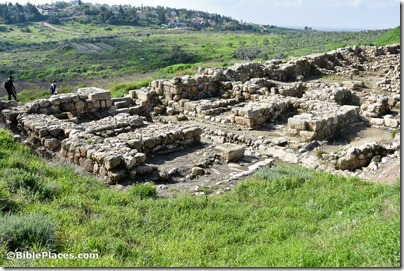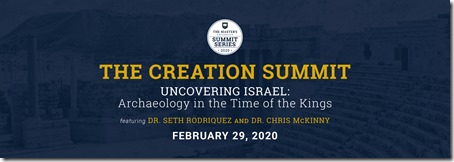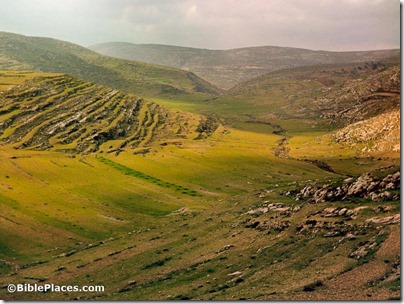“Scientists at the University of Chicago are developing a machine learning system that can automatically transcribe text found on ancient clay tablets.”
The Unionville Times offers a guide to virtual tours of museums in Europe and the US.
Colette J. Loll led the investigation into the forged Dead Sea Scrolls at the Museum of the Bible and she offers her assessment of the story.
Erin L. Thompson, a professor of art crime, discusses the cost of forgeries donated to museums.
Appian Media has begun a new podcast entitled “Digging Deeper” and hosted by Barry Britnell and Dan Kingsley. You can check out the trailer here.
“Organising an Empire: The Assyrian Way” is a Massive Open Online Course (MOOC) taught by Karen Radner in six teaching units that take about 19 hours to complete. Began yesterday.
The current issue of Biblical Archaeology Review has been opened up for all to read.
Ferrell Jenkins shares “then and now” photos of the “Tomb of the Kings” in Jerusalem. See also Tom Powers’s extended comment about the date of the Pool of Hezekiah.
Israel’s Good Name went for a hike to Khirbet Luza, near Moza, and saw a striped hyena in the wild.
This year’s Infusion Bible Conference has been postponed. “Paul in His Roman World” will be the subject of the conference in June 2021.
Forthcoming: Has Archaeology Buried the Bible?, by William G. Dever
HT: Agade, Ted Weis


